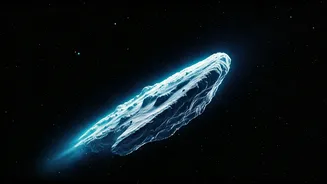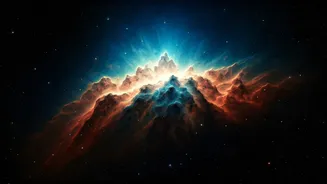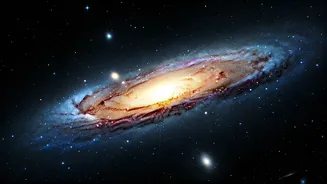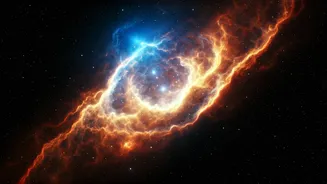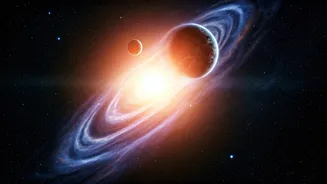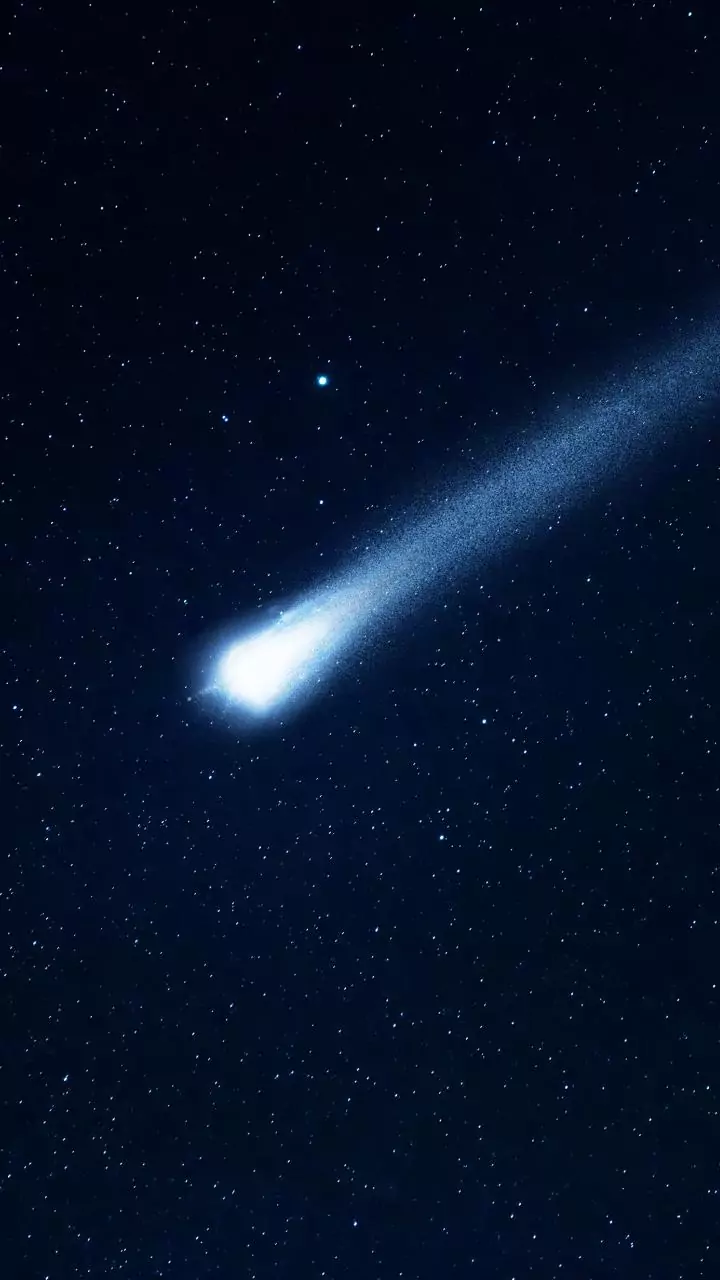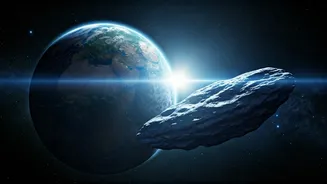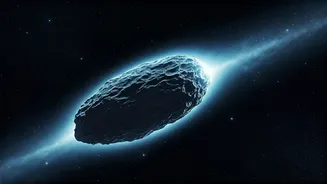FRB's Enigmatic Nature
Fast Radio Bursts, or FRBs, are short, intense flashes of radio waves that originate from distant galaxies. These bursts are incredibly powerful, releasing
as much energy in a millisecond as the Sun does in an entire year. The first FRB was detected in 2007. Since then, hundreds of FRBs have been discovered. However, their origins remain a mystery. Scientists have proposed several potential sources, including the mergers of neutron stars, the activities of magnetars (highly magnetized neutron stars), or even emissions from black holes. Most FRBs are known to repeat, which is why the non-repeating nature of this particular FRB is so perplexing. The bursts travel vast cosmic distances before reaching Earth, and their study offers a window into the evolution and composition of the universe.
A Singular Cosmic Event
The FRB in question was exceptionally bright, making it one of the most powerful ever observed. It was detected by multiple telescopes, confirming its existence and providing valuable data about its characteristics. What set this FRB apart was its singular nature; it did not repeat. Most FRBs emit multiple bursts over time, allowing astronomers to study them more extensively. The lack of repetition means that detailed analysis of this particular burst is restricted to a single event. The burst's source was located in a distant galaxy, making it even more challenging to study. The characteristics of the burst, such as its duration and frequency, are being closely analyzed to provide clues about its origin. This event offered a rare glimpse into a specific type of cosmic phenomenon, one that defies the established patterns observed in the FRB population.
Theories and Implications
The fact that this FRB did not repeat challenges current theories about FRB sources. Scientists are now re-evaluating their models, seeking explanations for this unique behavior. One hypothesis suggests that the source of this burst might be different from those of repeating FRBs. It is possible that it involves a one-off event, such as a cataclysmic stellar event. Another line of inquiry centers on the environmental conditions of the host galaxy, which could have played a crucial role in creating the burst. The observation underscores the complexity of the FRB phenomenon. This single observation prompts a re-evaluation of assumptions, opening possibilities to the origins of cosmic explosions. Scientists are working with advanced simulations and observations to explore the various possibilities.
Future Research Directions
Future research on this FRB event will include follow-up observations using different telescopes and instruments to gather additional data. Scientists will continue to monitor the location of the burst for any further activity, although the likelihood of additional bursts from the same source is considered low. Researchers will conduct detailed analyses of the existing data, looking for subtle clues about the burst's origin. They will also compare this unique burst to other observed FRBs to identify potential similarities or differences. Theoretical physicists are building new models and simulations that can replicate the observed behavior and predict future events. This FRB could lead to further discoveries about the universe.




